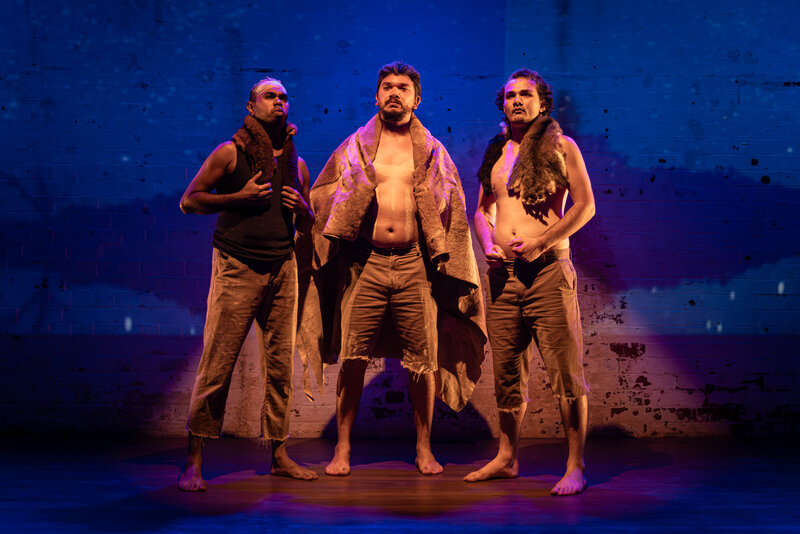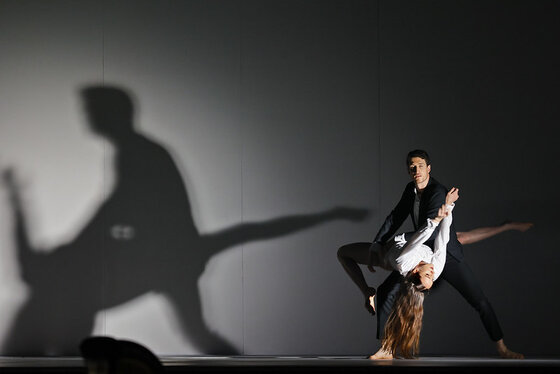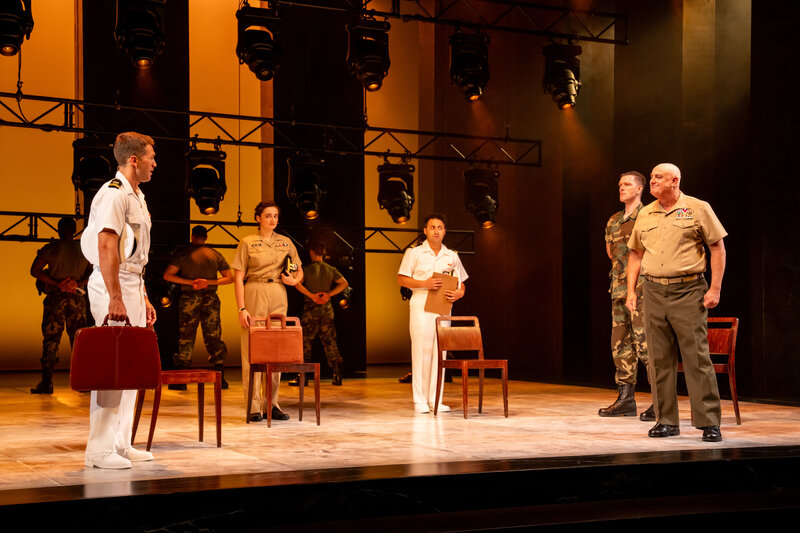This is the second documentary in as many weeks to hit our screens exploring an indigenous community and the way in which their traditions and culture have been affected by the white man’s ways. We recently had David Gulpilil take us to his home town of Ramingining in the Northern Territory for the revealing and deeply personal Another Country. In Putuparri And The Rainmakers, first time feature filmmaker Nicole Ma takes us to the remote community of Fitzroy Crossing in Western Australia, which has been home to the Wangkatjungka people for over 40,000 years.
 We are introduced to Tom Lawford, known as “Putuparri”, who is a spiritual leader of Fitzroy Crossing. Lawford has had a hard self-destructive early life marked by alcohol abuse, domestic violence and run-ins with the law, and he is candid about his troubled personal life. But now he has got his life back on track, and is seen as something of a spiritual leader of this small community. Lawford is an articulate narrator who acts as our guide for this journey into Fitzroy Crossing and the complex issues of a culture being lost. He is the custodian of the people’s’ history and stories. He is learning the traditional ways of the elders from his grandfather, Nyrilpirr “Spider” Snell, a tribal elder and respected spiritual leader, so that he can pass these on to the younger generation.
We are introduced to Tom Lawford, known as “Putuparri”, who is a spiritual leader of Fitzroy Crossing. Lawford has had a hard self-destructive early life marked by alcohol abuse, domestic violence and run-ins with the law, and he is candid about his troubled personal life. But now he has got his life back on track, and is seen as something of a spiritual leader of this small community. Lawford is an articulate narrator who acts as our guide for this journey into Fitzroy Crossing and the complex issues of a culture being lost. He is the custodian of the people’s’ history and stories. He is learning the traditional ways of the elders from his grandfather, Nyrilpirr “Spider” Snell, a tribal elder and respected spiritual leader, so that he can pass these on to the younger generation.
Putuparri And The Rainmakers explores that deep connection that the aboriginals have with the land, especially through their spiritual connection to Kurtal, a ceremonial waterhole situated somewhere in the middle of the vast Great Sandy Desert. Kurtal has historical meaning for the Wangkatjungka people as it plays an important role in their rainmaking legend. It is also where the spirits of his people return to when they die. But with the arrival of white ranchers in the 19th century and the creation of the 2000 km Canning Stock Route, the waterholes became fouled, forcing many aboriginal people to abandon their traditional land.
The film looks at issues of native title, the loss of traditions, the impact of white man’s culture and the substance abuse that is rife amongst aboriginal communities. Some of these issues will be familiar to audiences who saw Gulpilil’s Another Country and Charlie’s Country. But the film is also about Lawford’s cultural awakening as he takes on the burden of passing on 40,000 years of traditional lore and cultural teachings. The film spans some ten years and explores Lawford’s transformative experiences under the tutelage of his grandfather as he wrestles with the clash between his western upbringing and his indigenous background.
Ma, who is of Chinese descent, has worked as a visual artist and director of music videos for the likes of Annie Lennox, and has worked with the community of Fitzroy Creek on a number of cultural projects over the course of a decade, so she has a special connection with the population. In 2006 she was making a documentary about the cycle of alcohol abuse and domestic violence in Fitzroy Crossing when she gained insight into a larger story. She has accessed some grainy video shot by Lawford in 1994 when he first accompanied Snell on a trip to the waterhole along with anthropologist Daniel Vachon. During the course of the film, Lawford and Ma make several journeys to this sacred waterhole to see how it has changed and flourished. Through these trips, Ma has gained a deeper understanding of the aboriginal culture and the importance of this connection to their traditional land, and this has shaped her approach to the film.
We also get to see a massive, colourful canvas produced by 40 artists that has travelled the country and which has significance for the locals as it illustrates their traditional connection to the land. This canvas and the archival footage of the trip to the waterhole was a vital piece of evidence used in a successful 2007 native title claim.
But in covering so many diverse ideas the film ultimately seems a little unfocused. It is overlong, and the material would be better suited to a 60-minute television documentary on SBS. The film features some beautiful imagery and striking visuals, courtesy of the cinematography of co-writer and producer Paul Elliot. David Bridie’s music score is also evocative.
Director: Nicole Ma
Release Date: 1 October 2015
Rated: M
Greg King

David Edwards is the former editor of The Blurb and a contributor on film and television




